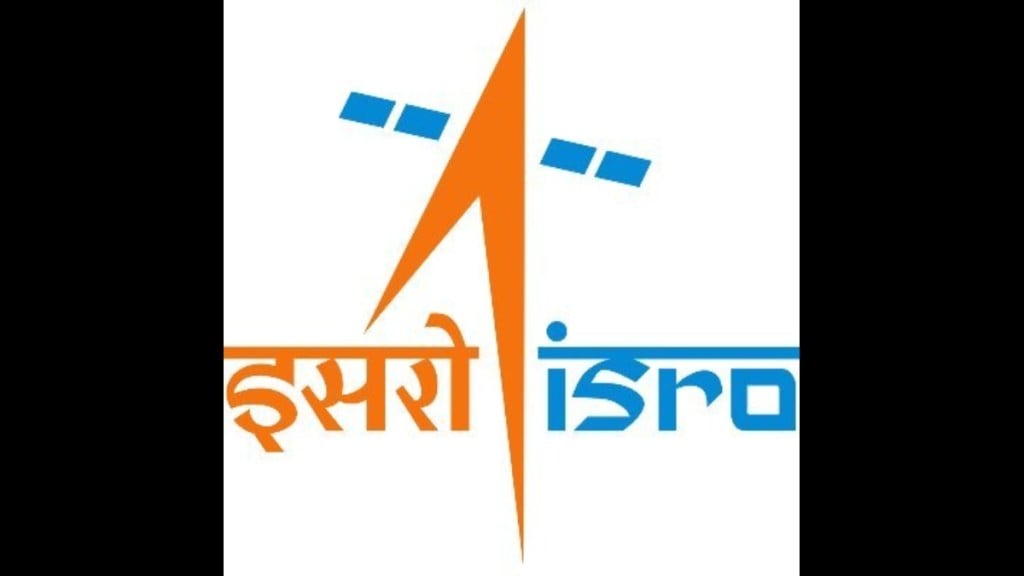The Indian Space Research Organisation (ISRO) has successfully deployed the magnetometer boom on board the Aditya-L1 spacecraft. In space, it will measure the low-intensity interplanetary magnetic field.
On January 11, the six-metre-long magnetometer boom was deployed in the Halo orbit at the Lagrange point L-1, said the space agency. ISRO informed that the boom had been in stowed condition for 132 days since the Aditya-L1 liftoff.
The boom carries two state-of-the-art, high-accuracy fluxgate magnetometer sensors, said ISRO. These will measure the low-intensity interplanetary magnetic field in space, it added. From the spacecraft body, the sensors are deployed at distances of 3 and 6 metres.
“Mounting them at these distances minimises the impact of the spacecraft generated magnetic field on measurements, and using two of them assists precise estimation of this influence. The dual sensor system facilitates cancelling out the spacecraft’s magnetic influence,” it said, reported PTI.
From carbon fiber reinforced polymer the boom segments are constructed.
On January 6, (127 days after it was launched on September 2, 2023) India’s maiden solar mission Aditya-L1 reached the L1 point, located roughly 1.5 million km from Earth. From here the spacecraft can view the sun non-stop. At L1, continuously, the solar observatory is aimed at observing and understanding the chromospheric and coronal dynamics of the Sun.

